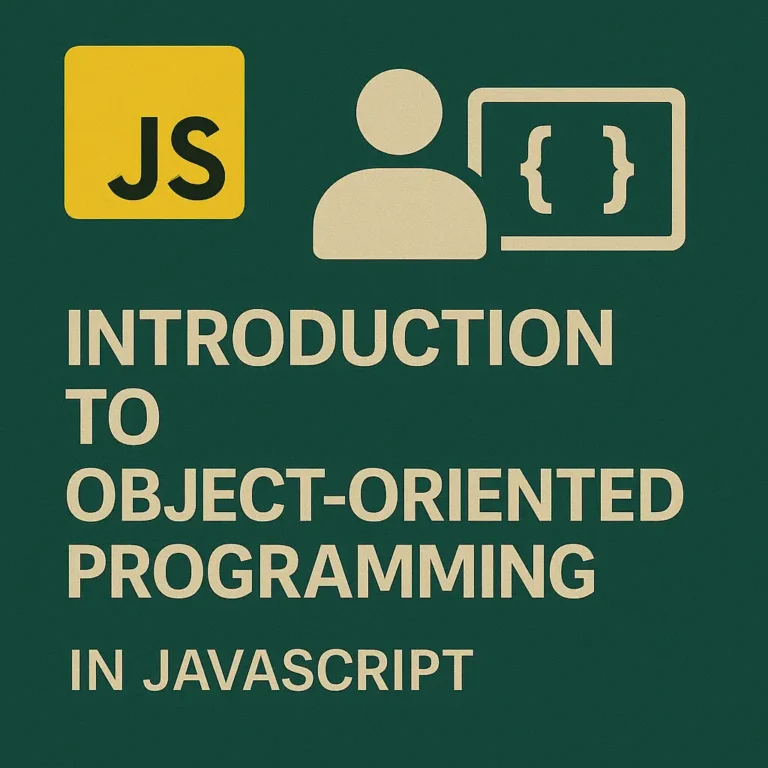In this guide, we’ll explore the concepts of unit testing in JavaScript, discuss strategies for testing object-oriented code, and delve into the principles of test-driven development (TDD) with OOP.
Introduction to Unit Testing
Unit testing involves testing individual units or components of code to ensure they behave as expected. A unit is typically a function, method, or class that performs a specific task. Unit tests are automated tests that validate the behavior of these units in isolation, helping detect regressions and bugs early in the development process.
Writing Unit Tests for Object-Oriented Code
When it comes to testing object-oriented code in JavaScript, the principles of unit testing remain the same. However, the focus shifts to testing classes, methods, and their interactions. Let’s explore how we can write unit tests for object-oriented code using popular testing frameworks like Jest.
// Calculator.js
class Calculator {
add(a, b) {
return a + b;
}
subtract(a, b) {
return a - b;
}
}
module.exports = Calculator;
// Calculator.test.js
const Calculator = require('./Calculator');
describe('Calculator', () => {
test('add method should return the sum of two numbers', () => {
const calculator = new Calculator();
expect(calculator.add(2, 3)).toBe(5);
});
test('subtract method should return the difference of two numbers', () => {
const calculator = new Calculator();
expect(calculator.subtract(5, 3)).toBe(2);
});
});
In this example, we create a Calculator class with add and subtract methods. We then write unit tests for these methods using Jest’s describe and test functions. Each test validates the behavior of a specific method, ensuring it returns the expected result.
Test-Driven Development (TDD) with OOP
Test-driven development (TDD) is a development approach that emphasizes writing tests before writing production code. In the context of object-oriented programming, TDD encourages developers to write tests that define the behavior of classes and methods before implementing them.
// Calculator.test.js
const Calculator = require('./Calculator');
describe('Calculator', () => {
test('add method should return the sum of two numbers', () => {
const calculator = new Calculator();
expect(calculator.add(2, 3)).toBe(5);
});
test('subtract method should return the difference of two numbers', () => {
const calculator = new Calculator();
expect(calculator.subtract(5, 3)).toBe(2);
});
// Test-driven development (TDD) example
test('multiply method should return the product of two numbers', () => {
const calculator = new Calculator();
expect(calculator.multiply(2, 3)).toBe(6);
});
});
In this TDD example, we write a test for a hypothetical multiply method before implementing it in the Calculator class. This approach ensures that new features are developed incrementally and driven by test requirements.
Conclusion
Testing object-oriented JavaScript code is essential for ensuring its reliability and correctness. By writing unit tests that validate the behavior of classes and methods, developers can catch bugs early and maintain code quality throughout the development process. Test-driven development (TDD) further promotes code reliability by driving development with test requirements. By mastering the art of testing object-oriented code in JavaScript, developers can build robust and maintainable applications that meet the demands of modern software development.






